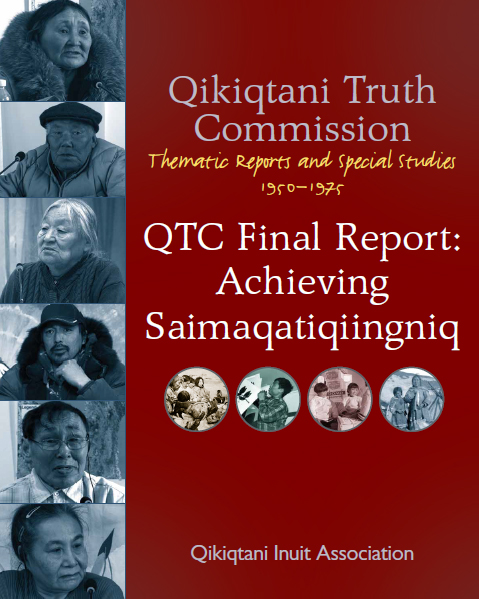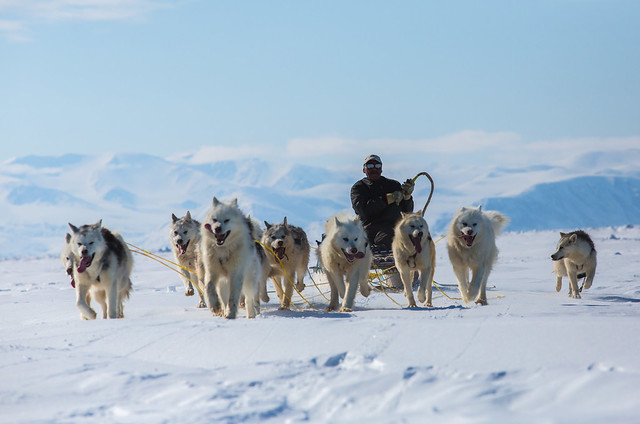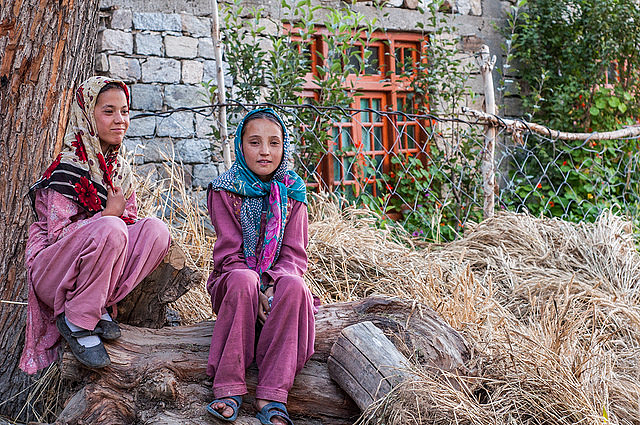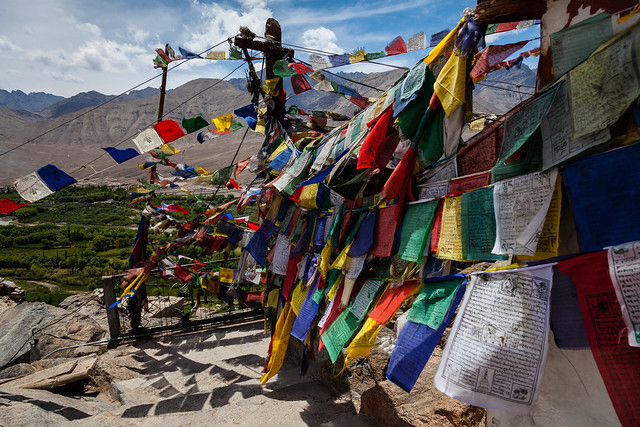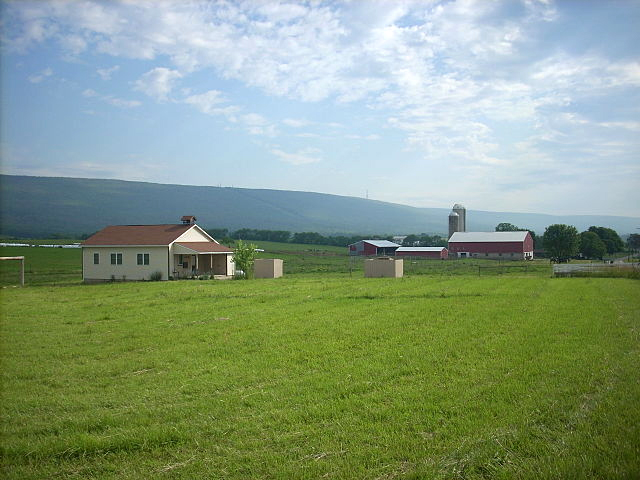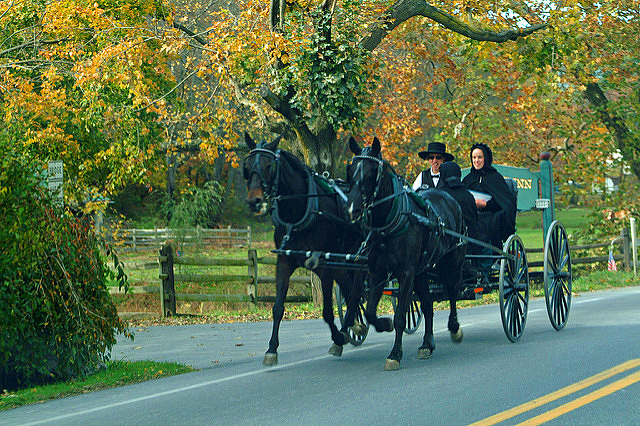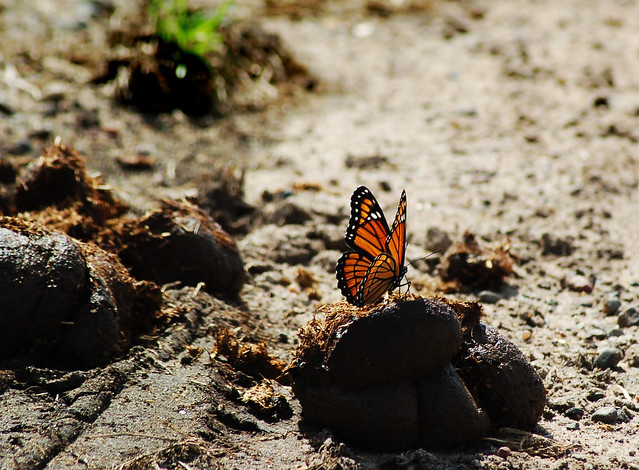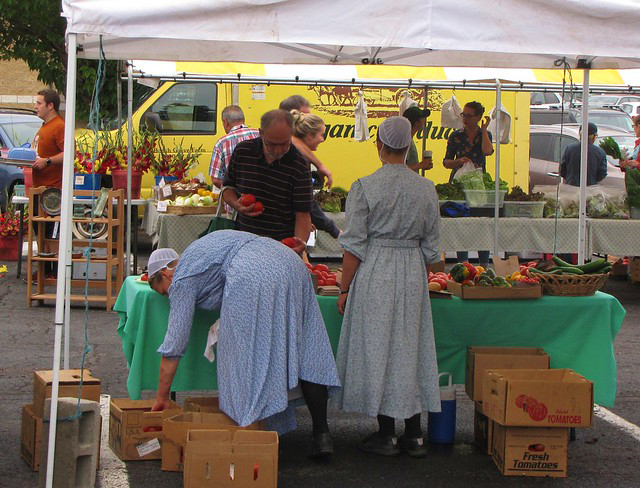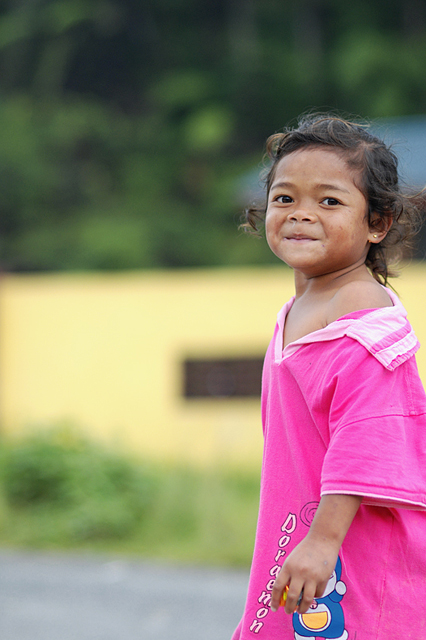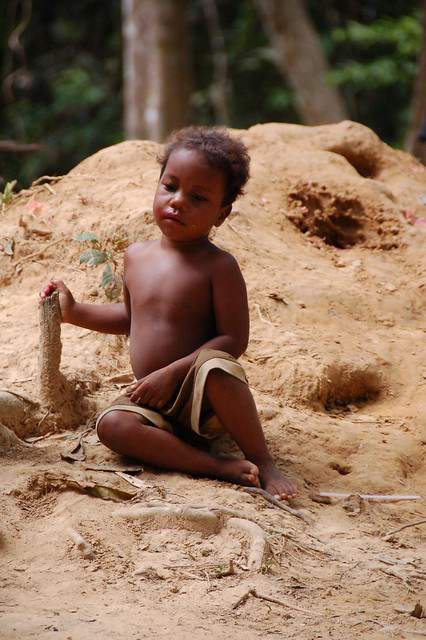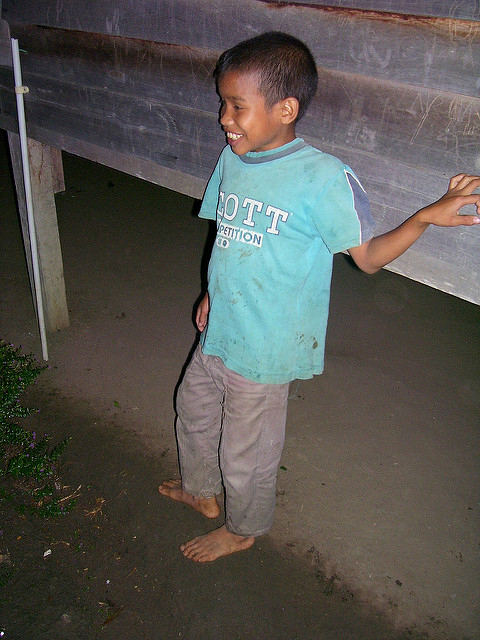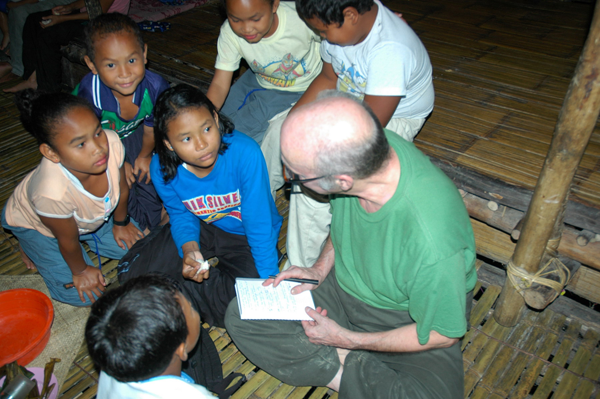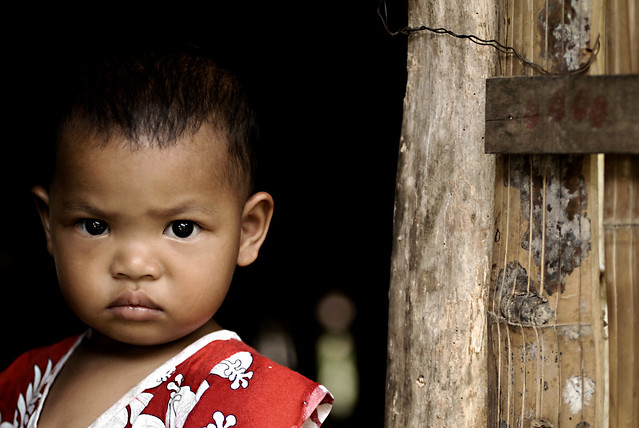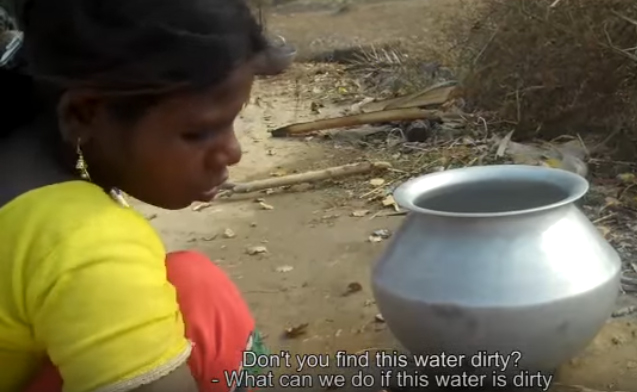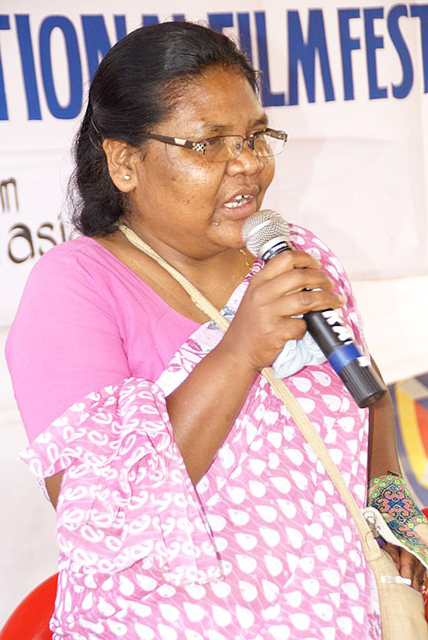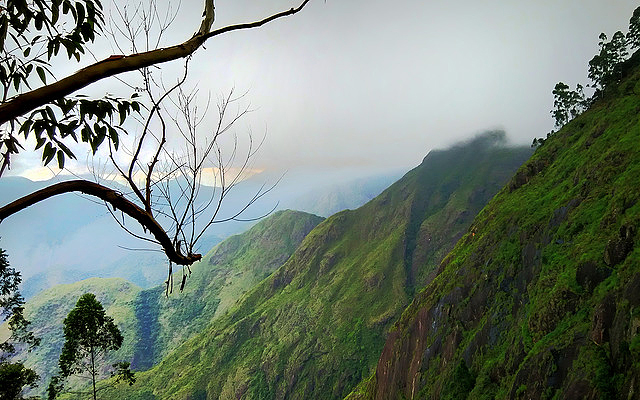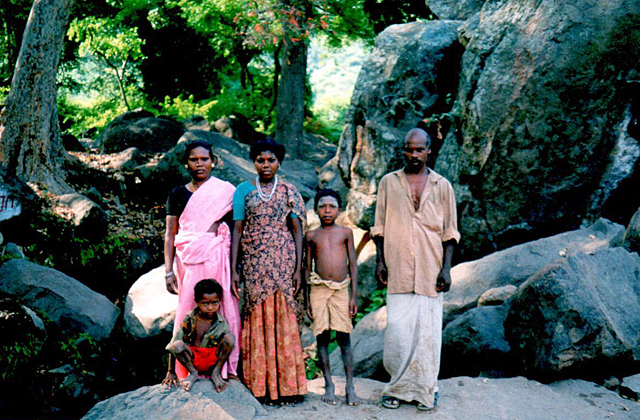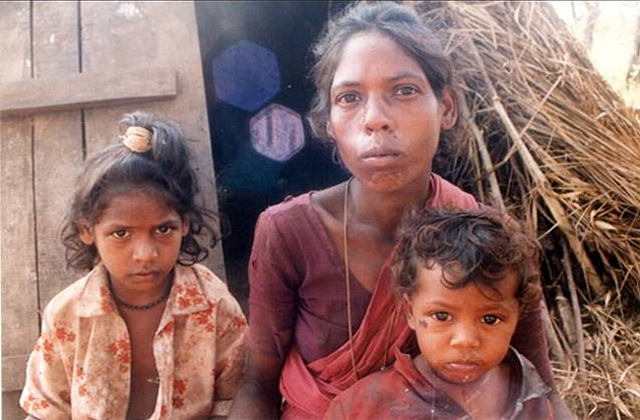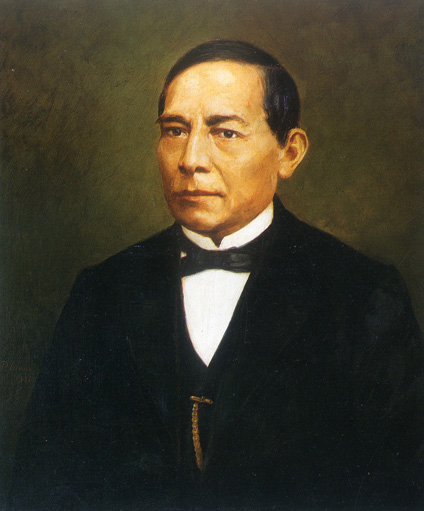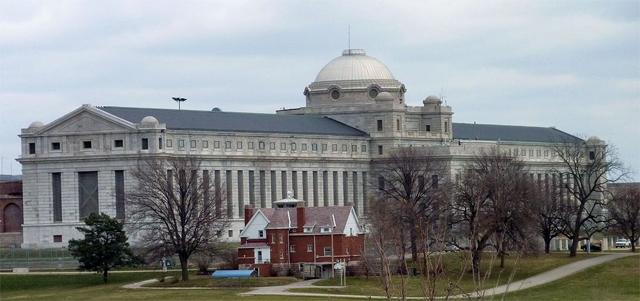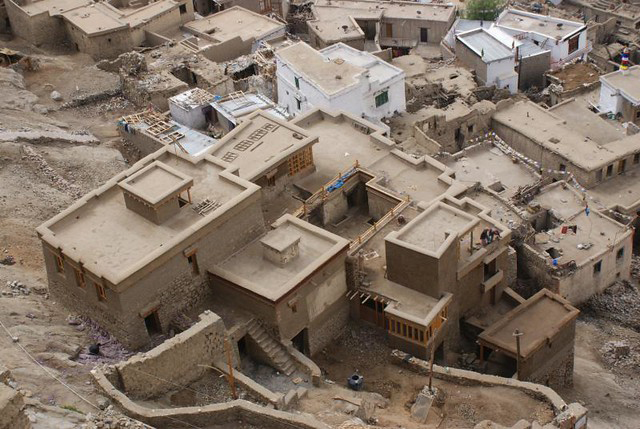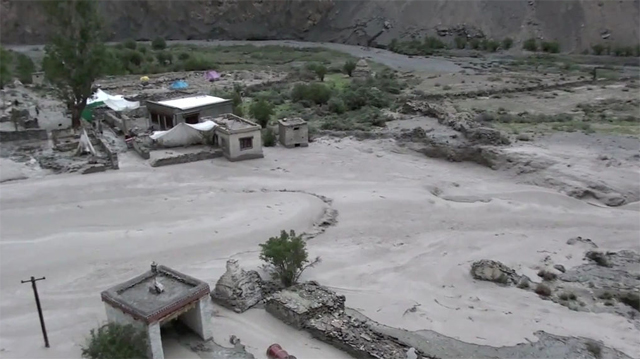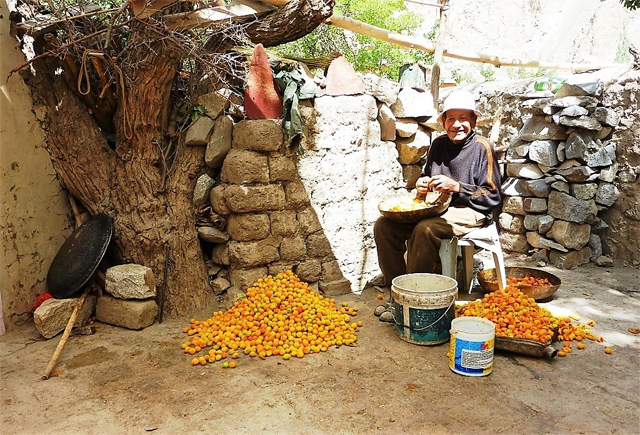Raman Bah Tuin, a 48-year-old Semai man, moved out of the Malaysian forest and founded the Jungle School in order to teach traditional Orang Asli skills to young people and curious tourists. A report in the news website Free Malaysia Today on August 10 provided a glimpse into the work of the school, located in the Ulu Gombak Forest Reserve.
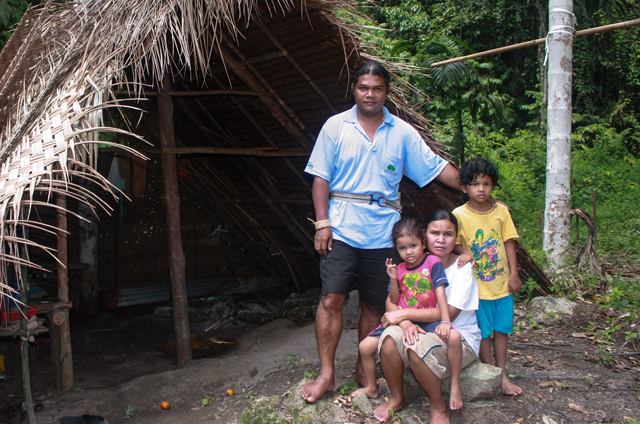
Raman moved with his family into Gombak, in Selangor State, in 2002, and founded the school as a hobby since his children were still in school themselves. But since it was located only a few miles beyond the northern fringes of Kuala Lumpur, urban people started coming to the programs he was offering. Researchers began asking him to be a guide for their ventures into the forest as part of their research work.
He provided guiding services to the visitors, teaching them such things as identifying forest plants and the use of natural resources. His hobby expanded into a business in 2010 when he founded the Jungle School. He found that Westerners were environmentally conscious and curious to learn more about the forest, so he expanded the classes to meet the demand.
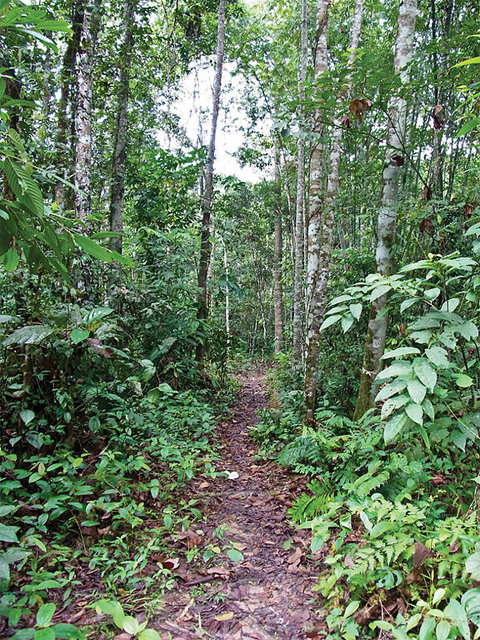
Raman takes his students into the forests of Selangor State, teaching them how to use the wind direction to not get lost, how to attract attention if one does get lost, and other forest survival skills. He teaches the identification of plants that can be used for food or medicines and the avoidance of others that are poisonous. He devotes a session to building a forest shelter by weaving bertam leaves to make a roof.
When lunchtime approaches, he shows the participants how to find edible things to eat and how to light a fire in the traditional fashion. Then they cook their meal with rice in a bamboo tube.
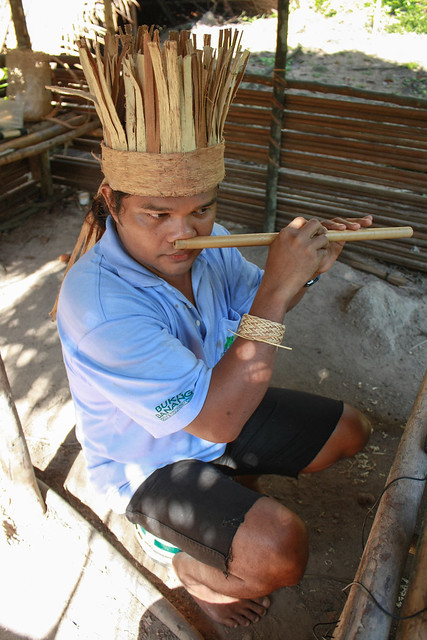
He demonstrates traditional hunting skills with a bamboo blowpipe and darts. The darts used to be dipped in poisonous sap from ipoh trees but since Raman is demonstrating hunting skills by blowing the darts at balloons, he skips putting the poison on the tips. He also plays his nose flute for visitors.
He told the reporter that he started the school not to make a profit but because he really believes in its mission. “The skills I teach are not only important for jungle survival but also to improve perseverance, strength and self-will,” he said.
In addition, Raman is involving other Orang Asli as instructors in the school. He accepts students into his classes who are as young as nine years old. He particularly wants to help the young Orang Asli learn about their traditions so that they will try to preserve them. His concern is that if the youngsters move into the Malaysian cities they will lose their indigenous knowledge.

